8:46am.
September 11th, 2001.
2,996 people dead. Another 6000+ injured. And a whole world affected.
Wake Me Up When September Ends:
American rock band: Green Day produced a song titled Wake Me Up When September Ends in 2005. The song was originally written by Billie Joe Armstrong: lead vocalist of Green Day regarding his father’s death in September. Although this was the original intent, the song has since been used as a dedication to the victims of Hurricane Katrina which hit the Gulf Coast of the U.S. on August 29th, 2005 as well as the thousands of victims from the September 11th attacks of 2001. In the band’s official music video, a couple is seen broken apart by the Iraq War in order to convey the song’s central theme of loss. The song represents the pain, heartache and sorrow felt when one loses a loved one.
The video pictured above is a memorial music video for the victims of 9/11 using Green Day’s song: Wake Me Up When September Ends.
9/11:
The 9/11 attacks were a series of terrorist attacks perpetrated by the Islamic terrorist group al-Qaeda on the morning of September 11th, 2001. Four airlines were hijacked: two of the planes crashing into the towers of the World Trade Centre in New York City, a third plane crashing into the Pentagon in Washington, D.C. and a fourth plane crashing into a field in Pennsylvania. This event marked a shattering of American citizens’ sense of security and the beginning of a War on Terror: a global military and political struggle against terrorism.
Poetry:
As Dr. Luger discussed in class today, following the events of 9/11, the poem September 1, 1939 by British poet W.H. Auden was circulated throughout the media. Although the poem was written almost 60 years earlier, individuals sought it out due to its similarity to the events of September 11th.
“The unmentionable odour of death offends the September night”
“Psychopathic God”
“Into this neutral air where blind skyscrapers use”
“Uncertain and afraid”
September Tragedies:
- September 21, 1923: Great Kantō Earthquake
- 105,385 fatalities
- September 1st, 1939: Germany invades Poland: marks the beginning of WWII.
- 150,000-200,000 Polish citizen fatalities
- 50,000,000-80,000,000 total fatalities during WWII
- September 2nd, 1998: Swissair Flight 111 Disaster
- 229 fatalities
- September 11th, 2001: Terrorist attacks in the U.S.
- 2,996 fatalities
- September, 2005: Hurricane Katrina aftermath
- 1,245-1,866 fatalities
- September 11th, 2015: Mecca Crane Collapse
- 111 fatalities
Wouldn’t it be nice to erase the deadly month of September from our collective memories… to be woken up when the month had passed…
But we cannot forget traumatic events such as these. We cannot forget the lives of those who were affected by any tragedy. The victims are not numbers. Each and every one of these individuals was somebody’s somebody. Whether it be a father, mother, son, daughter, brother, sister, cousin, aunt, uncle, friend, partner, colleague…
We cannot forget.
Time of Your Life:
Instead of signing off with the song Wake Me Up When September Ends, I’d like to leave on a more upbeat note with another Green Day song: Good Riddance (Time of Your Life).
Although “[death] is something unpredictable”, we must all “take the photographs and still frames in [our] mind” and take advantage of every opportunity to be had with a loved one.




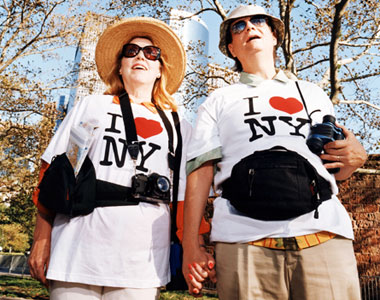
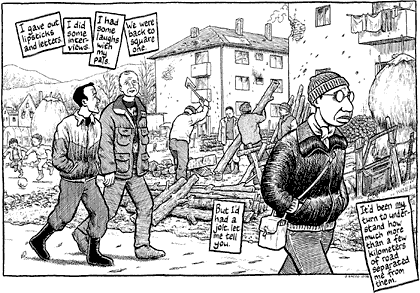 In order to immerse himself even more, Sacco attends many get-togethers, parties and even “The Piramida”-Gorazde’s own discotheque. At one of these parties, Sacco meets a man named Edin who turns out to be Sacco’s “main man, [his] main man” (Sacco, 2000, p. 8). Edin serves as Sacco’s personal tour guide and sense of insight into the harsh reality of the town of Gorazde. Sacco returns to Gorazde three different times and each time, he said, “[he] sought out Edin to help [him] put the pieces of the story together” (Sacco, 2000, p. 16).
In order to immerse himself even more, Sacco attends many get-togethers, parties and even “The Piramida”-Gorazde’s own discotheque. At one of these parties, Sacco meets a man named Edin who turns out to be Sacco’s “main man, [his] main man” (Sacco, 2000, p. 8). Edin serves as Sacco’s personal tour guide and sense of insight into the harsh reality of the town of Gorazde. Sacco returns to Gorazde three different times and each time, he said, “[he] sought out Edin to help [him] put the pieces of the story together” (Sacco, 2000, p. 16).
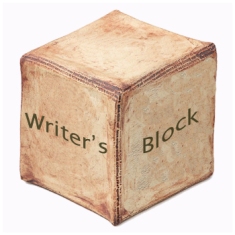
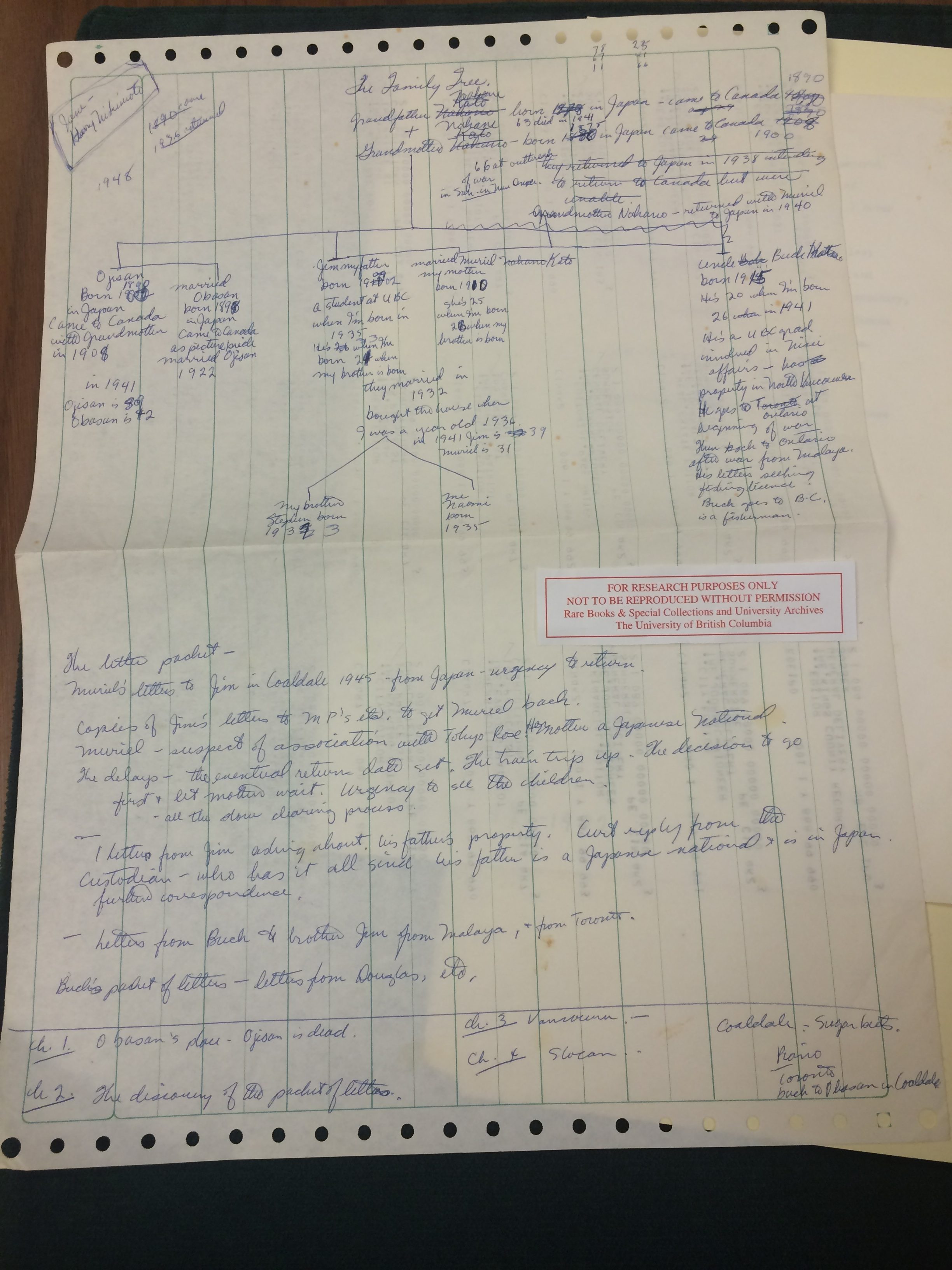
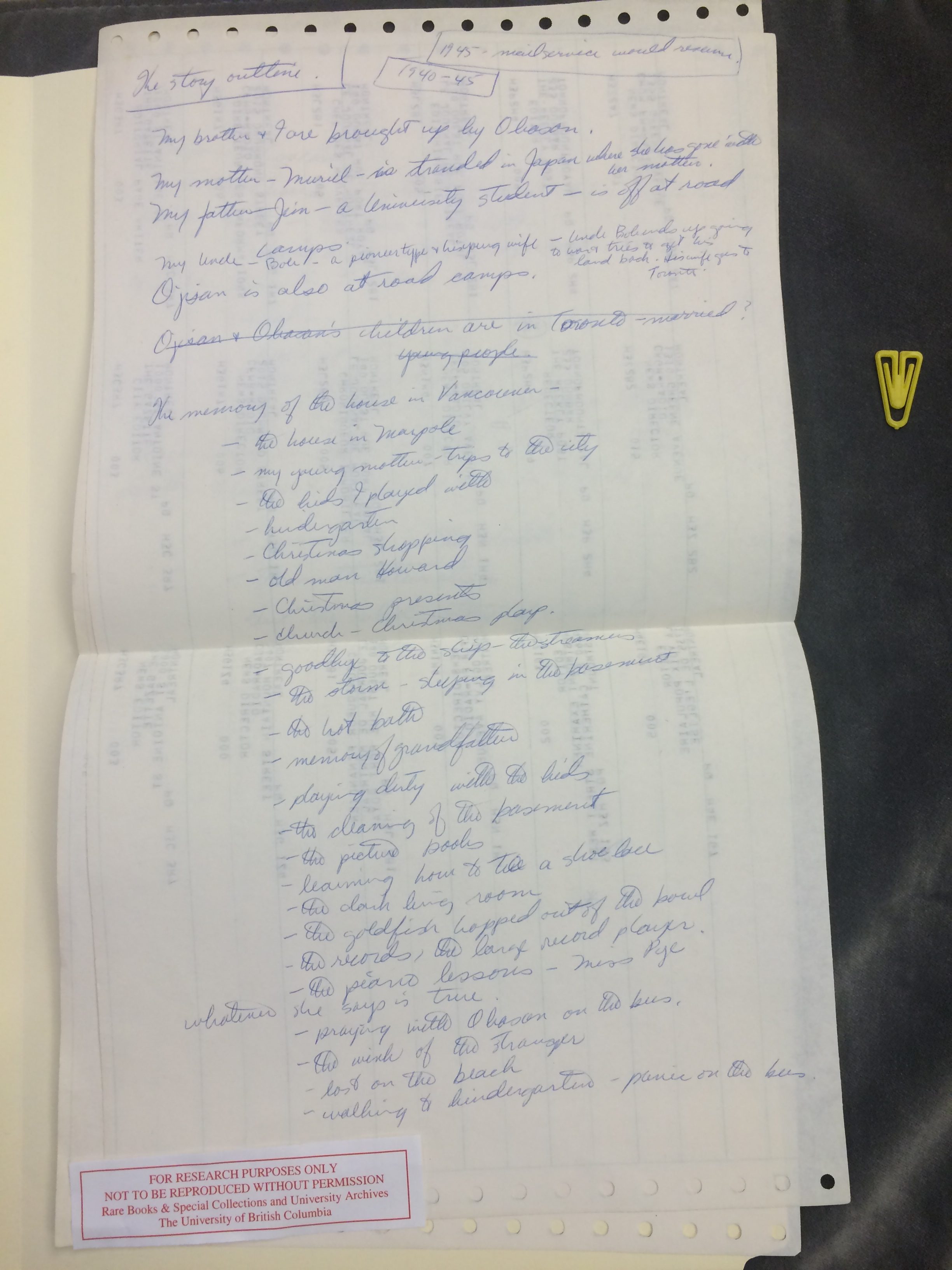
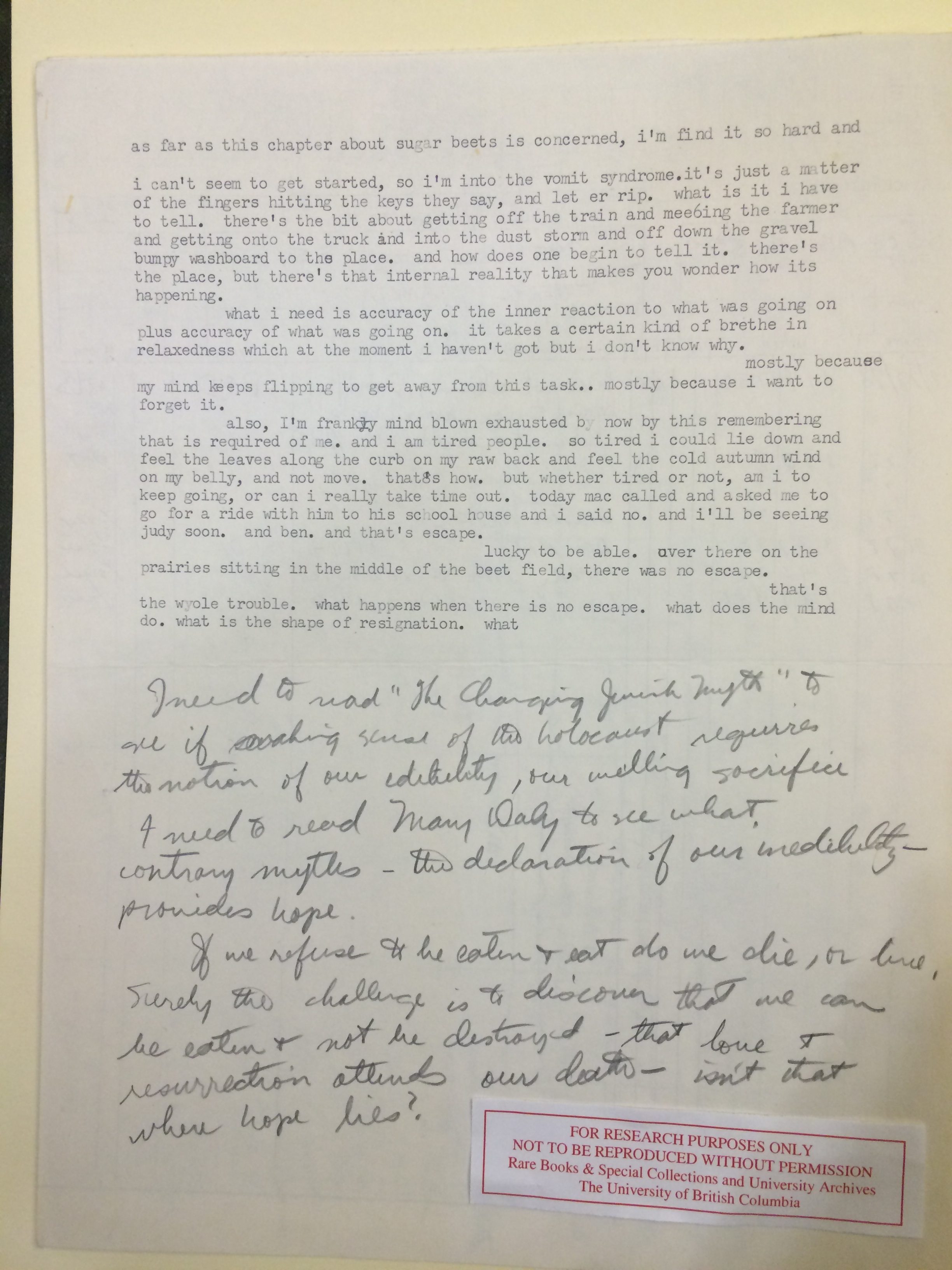 This paper was my personal favourite.
This paper was my personal favourite.
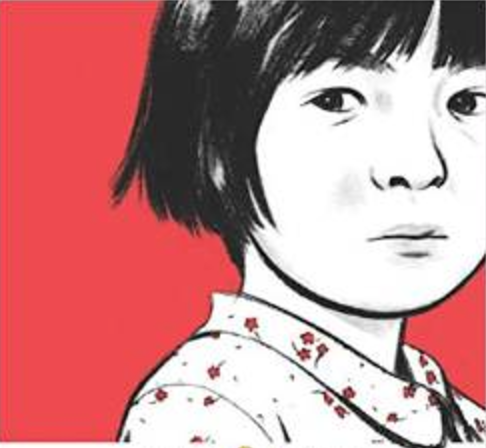
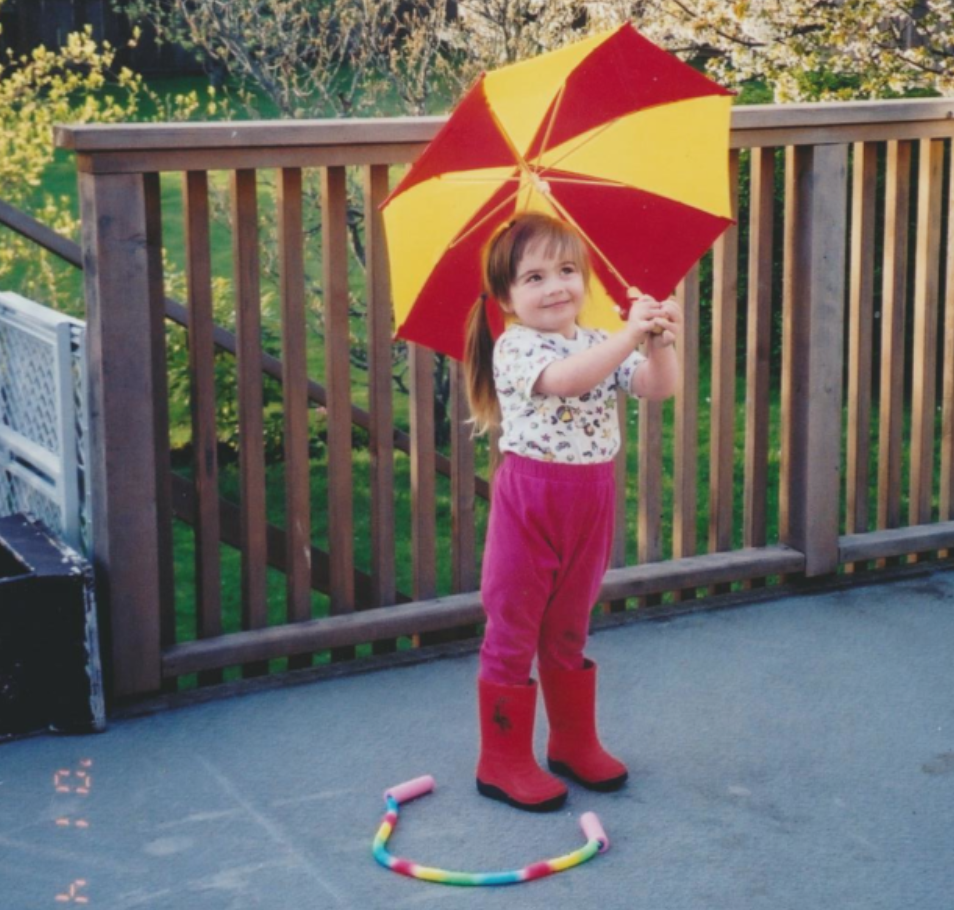




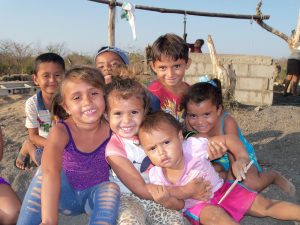
Recent Comments